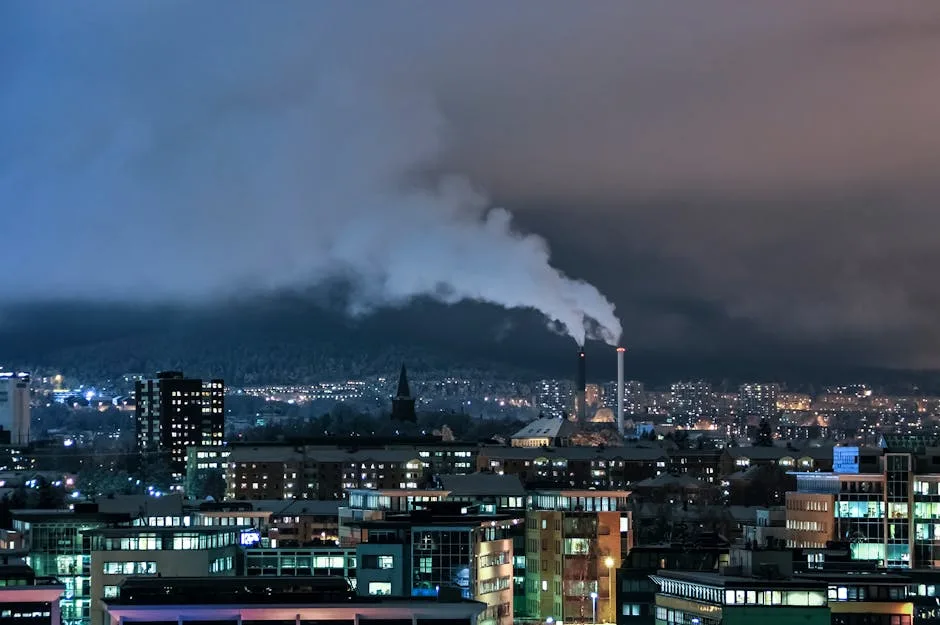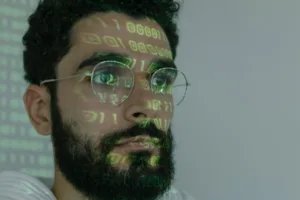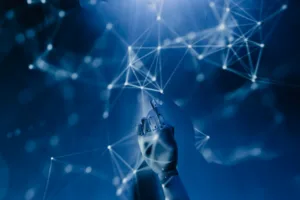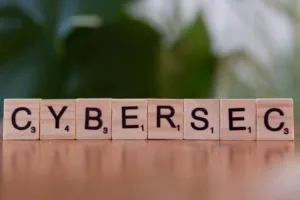
Light pollution is an increasingly pressing environmental issue, with artificial illumination disrupting ecosystems and human health. Researchers at La Réunion’s Observatoire de l’environnement nocturne are deploying sensor networks to quantify this phenomenon, offering data-driven insights for mitigation strategies1. This article examines the methods, impacts, and policy frameworks surrounding light pollution, with a focus on technological advancements and their implications.
How Light Pollution is Measured
Sensor networks, such as those deployed in La Réunion, use photometry and atmospheric modeling to track artificial light dispersion1. These systems capture sky brightness and urban light hotspots, providing actionable data for urban planners. Citizen science initiatives complement these efforts, with tools like the Sky Quality Meter and mobile apps (Dark Sky Meter, Globe at Night) enabling public participation4. Satellite data, including NASA’s Black Marble project, further enhances global monitoring capabilities2.
Ecological and Health Impacts
Light pollution disrupts animal migration, reproduction, and predator-prey dynamics, particularly in nocturnal species2. Human health is also affected, with excessive artificial light linked to sleep disorders and circadian rhythm imbalances3. France’s 2018 outdoor lighting regulations aim to curb these effects by restricting unnecessary illumination2. Recent collaborations between PatriNat, OFB, and CNRS have strengthened policy frameworks for biodiversity protection2.
Technological and Policy Solutions
Innovations like optimized LED lighting and Trame noire (dark ecological corridors) are reducing light pollution in urban areas6. The EU’s 2024 directive mandates light reduction in protected zones, aligning with global sustainability goals2. Case studies from La Réunion demonstrate how sensor data informs infrastructure adjustments, such as shielded streetlights and timed illumination5.
Future Directions
Emerging technologies, including AI-driven real-time mapping and satellite integration, promise more precise monitoring4. The Conservatoire du littoral advocates for dark-sky preserves, while PatriNat’s institutional role ensures ongoing research into light pollution’s ecological toll6. These efforts highlight the need for interdisciplinary collaboration to address this growing environmental challenge.
References
- “En vidéo: Comment mesurer et surveiller la pollution lumineuse,” Le Monde, Apr. 25, 2025.
- “Pollution lumineuse et biodiversité: impacts et solutions,” PatriNat, 2024.
- “Comprendre la pollution lumineuse,” National Geographic, 2023.
- “How Can You Measure Light Pollution in a City?” LinkedIn, 2023.
- “Enquête sur la pollution lumineuse,” TF1, 2025.
- “Solutions pour réduire la pollution lumineuse,” Conservatoire du littoral, 2024.






